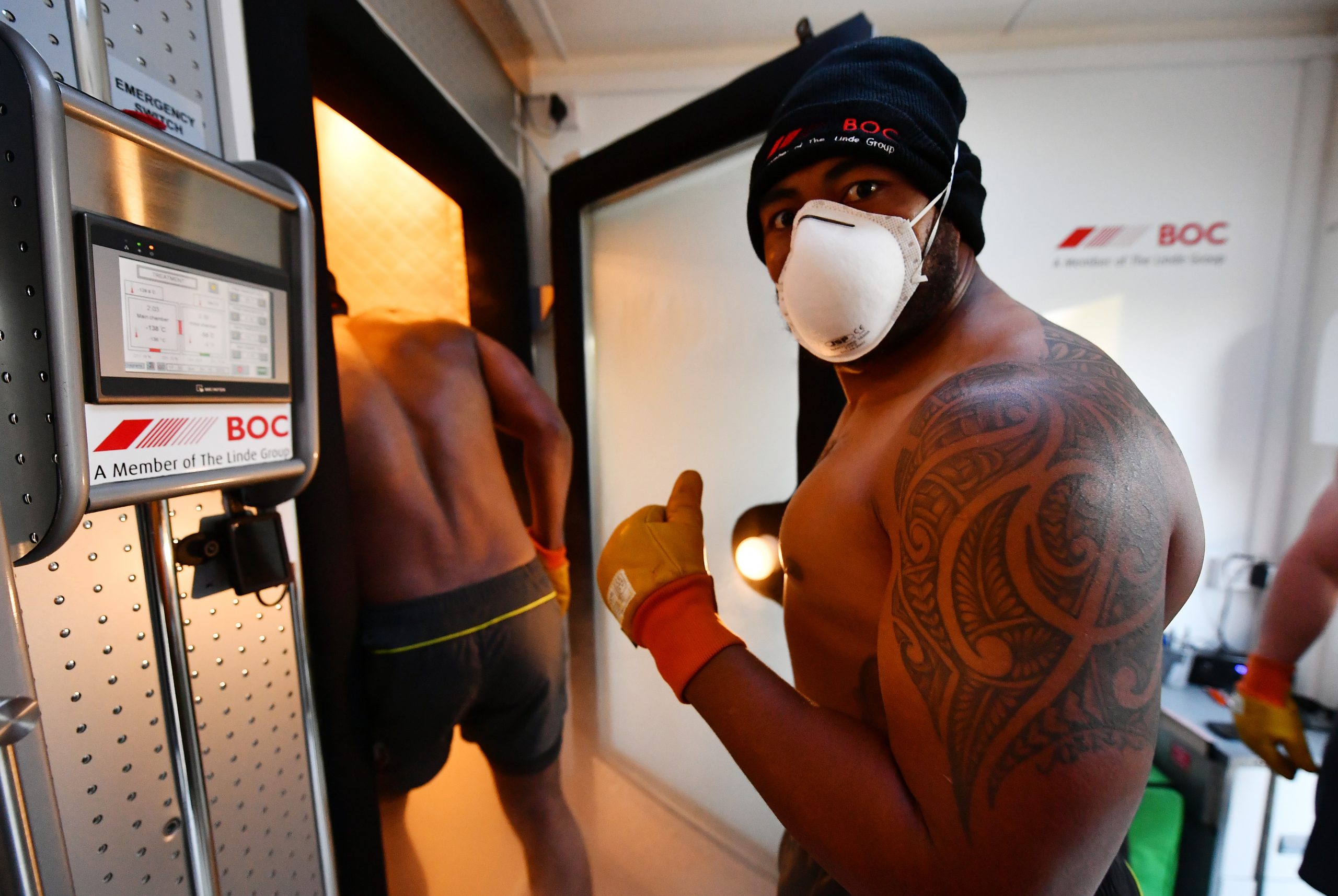
Cryotherapy, or cold treatment, is a procedure that is excellent for treating pain, inflammation and swelling. It is very often used by athletes. What is cryotherapy? What are the indications and contraindications for this type of treatment.
There are two types of cryotherapy: local and general. Which one to choose? It all depends on the ailment the person is suffering from. When it comes to local cryotherapy, it is based on the use of a special device equipped with a cryoapplicator, which is placed a short distance from the affected area of the body and then cooled using liquid nitrogen, ice or water.
How does this treatment work step by step? The first step is a sudden shrinking of the blood vessels. This also reduces the temperature of the tissues and slows down the metabolic processes. Next, blood vessels dilate, which makes the blood circulate much faster. A reduction in swelling and haematomas, intense heat dissipation and slowing of nerve conduction can be observed.
As far as general cryotherapy is concerned, it is carried out in a special cryochamber, which is entered by the person undergoing the treatment. As it is performed at temperatures below -100 degrees Celsius, the patient should wear thick gloves and socks. The treatment staff maintains contact with the person in the chamber at all times so that the procedure can be stopped at any time. After leaving the chamber, the patient goes to the gym where they exercise for about 20-40 minutes. During this time, highly oxygenated blood reaches the chilled cells, muscles and organs, giving the body energy. This is an excellent way to stretch muscles, eliminate contractures, improve joints, and improve immunity and mood. Effects of this type last for up to 6 hours after the treatment.
❄Cryotherapy is a branch of physical therapy that has gained popularity in recent years, especially in sports. It is a po…
Published by Real health philosophy- train and be healthy Wednesday, January 15, 2020
Indications for cold therapy include rheumatic muscle tissue diseases, rheumatoid and reactive arthritis, periarticular tendonitis, spinal pain, post-traumatic conditions, sprains, multiple sclerosis, knee joint injuries, Parkinson’s disease, depression and chronic fatigue. As far as local cryotherapy is concerned, it is recommended especially to those patients who suffer from post-traumatic conditions, swelling after fractures and dislocations, severe bruises, overloading of the osteoarticular system, contractures and degeneration of joints, sciatica, gout attacks and hemorrhoids.
Absolute contraindications for cryotherapy are: deep vein inflammation, post-heart attack, inflammation of blood vessels, kidney and bladder diseases, cancer, arterial congestion, heart rhythm disorders, circulatory insufficiency, respiratory diseases, hyperthyroidism and uncompensated hypothyroidism, Raynaud’s syndrome, Sudeck’s syndrome, fever, open wounds and allergy to cold. Cryotherapy should not be used by children under 10 years of age and people over 65 years of age who have had venous thromboses.
Why do so many athletes opt for cold treatment? Its advantages include, among others: supporting strength and endurance training, supporting treatment after soft tissue and joint injuries (such as bruises, dislocations or sprains), accelerating recovery after exercise, preventing overtraining, muscle relaxation, minimizing swelling, bleeding and analgesia, reducing anxiety and hyperactivity, and increasing mental activity.
Featured image: Australian rugby player Sekope Kepu; photo: Dan Mullan / Getty Images